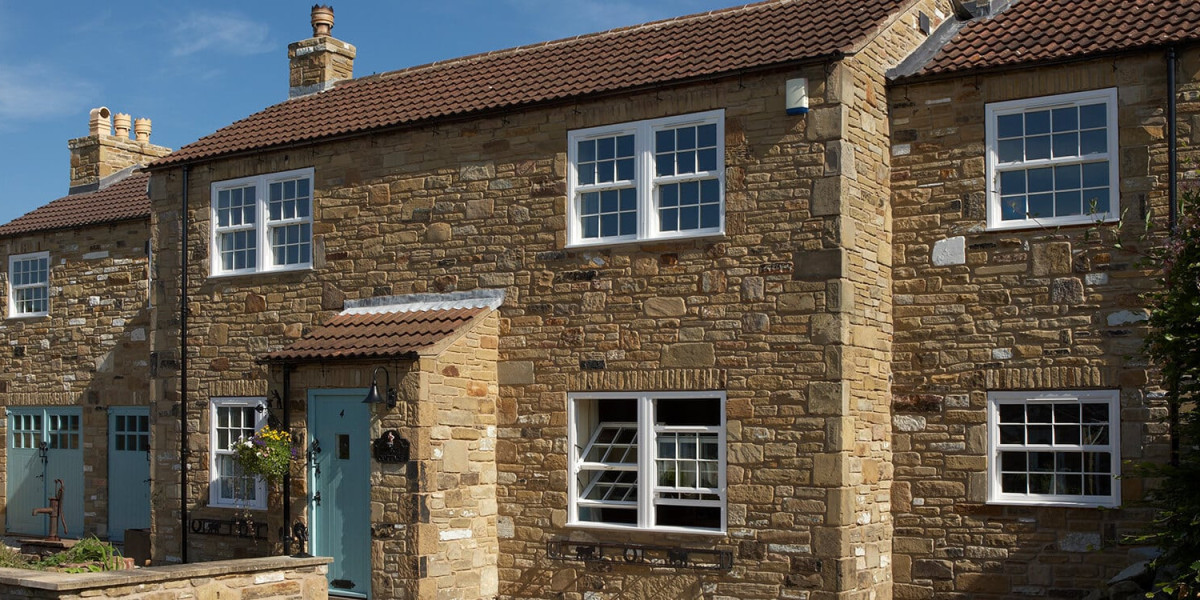The Ultimate Guide to Cat Flap Fitting: A Comprehensive Overview

As any cat owner can testify, providing a safe and hassle-free method for your feline pal to enter and exit your house is essential. One popular solution is a cat flap, a little door set up in a wall or door that permits your cat to come and go as it pleases. Nevertheless, fitting a cat flap requires careful factor to consider and planning to ensure that it is safe, secure, and efficient. In this post, we will look into the world of cat flap fitting, checking out the different kinds of cat flaps, the advantages and drawbacks of each, and providing a detailed guide on how to set up a cat flap in your house.
Types of Cat Flaps
There are numerous types of cat flaps readily available on the marketplace, each with its special features and benefits. A few of the most popular types of cat flaps consist of:
- Manual Cat Flaps: These are one of the most fundamental type of cat flap and require your cat to push the flap open with its head or paw.
- Magnetic Cat Flaps: These cat flaps use a magnetic closure to keep the flap shut, providing included security and reducing drafts.
- Electronic Cat Flaps: These modern cat flaps use sensors and motors to open and close the flap, supplying maximum benefit and security.
- Insulated Cat Flaps: These cat flaps are designed to reduce heat loss and keep your home warm, making them ideal for cooler environments.
Benefits of Cat Flaps
Cat flaps offer a number of advantages to both felines and their owners, consisting of:
- Convenience: cat entry door installation flaps permit your cat to come and go as it pleases, decreasing the requirement for consistent door opening and closing.
- Security: Cat flaps provide a safe and safe and secure method for your cat to enter and exit your house, lowering the risk of injury or escape.
- Energy Efficiency: Insulated cat flaps can help reduce heat loss and keep your home warm, making them an economical service.
- Lowered Stress: Cat flaps can help lower stress and stress and anxiety in cats, supplying them with a sense of flexibility and self-reliance.
Drawbacks of Cat Flaps
While cat flaps use a number of benefits, there are likewise some possible drawbacks to consider, including:
- Security Risks: If not installed correctly, cat flaps can position a security threat, permitting unwanted animals or intruders to enter your home.
- Drafts: If not insulated correctly, cat flaps can produce drafts, lowering the energy effectiveness of your home.
- Maintenance: Cat flaps require regular maintenance to ensure they remain clean and practical.
How to Install a Cat Flap
Installing a cat flap is a relatively simple process, but it does require some preparation and preparation. Here is a detailed guide on how to set up a cat flap:
- Choose the Right Location: The place of your cat flap is essential, as it requires to be available to your cat and provide a safe and secure entry and exit point. Consider the height and area of the cat flap, in addition to the surrounding area.
- Measure the Opening: Measure the opening where you prepare to set up the cat flap, taking into account the size of the flap and any surrounding obstructions.
- Cut the Opening: Use a saw or drill to cut the opening for the cat flap specialist flap, ensuring it is level and protect.
- Set up the Frame: Install the frame of the cat flap, using screws or nails to protect it in place.
- Include the Flap: Add the flap to the frame, making certain it is safely connected and operates properly.
- Include Any Additional Features: Add any additional functions, such as sensing units or motors, according to the manufacturer's instructions.
- Evaluate the Cat Flap: Test the cat flap to ensure it is working properly and firmly.
Idea
Here are some tips and techniques to remember when setting up a cat flap:
- Use a level: Make sure the cat flap is level and secure to prevent any problems with the flap opening and closing.
- Add insulation: Add insulation around the cat flap to reduce drafts and keep your home warm.
- Think about the size: Consider the size of your cat when selecting a cat flap, as larger felines might require a larger flap.
Often Asked Questions
Here are some regularly asked concerns about cat flaps:
Q: What is the best kind of cat flap for my home?A: The best kind of cat flap for your home will depend on your particular needs and RepairMyWindowsAndDoors scenarios. Consider elements such as security, energy efficiency, and benefit when picking a neighborhood cat flap installer flap.
Q: How do I keep my cat flap tidy?A: To keep your cat flap clean, frequently clean it down with a wet cloth and vacuum any debris or dirt.
Q: Can I install a cat flap myself?A: Yes, you can set up a insured cat flap installation flap yourself, but it may need some DIY abilities and knowledge. If you are not sure or uncomfortable setting up a cat flap, consider speaking with a professional.
Conclusion
In conclusion, cat flaps are a practical and protected way to provide your feline buddy with access to the outdoors. With the right kind of cat flap and correct installation, you can delight in the benefits of a cat flap while decreasing the drawbacks. By following the tips and techniques detailed in this article, you can guarantee a safe and safe installation that fulfills the requirements of both you and your cat.

Extra Resources
- Cat Flap Installation Guide: A detailed guide to installing a trained cat flap installer flap, including step-by-step guidelines and diagrams.
- Cat Flap Maintenance Tips: A list of tips and techniques for keeping your cat flap, consisting of cleansing and repair advice.
- Cat Flap Buying Guide: A guide to selecting the best cat flap for your home, including factors to consider such as security, energy performance, and convenience.



